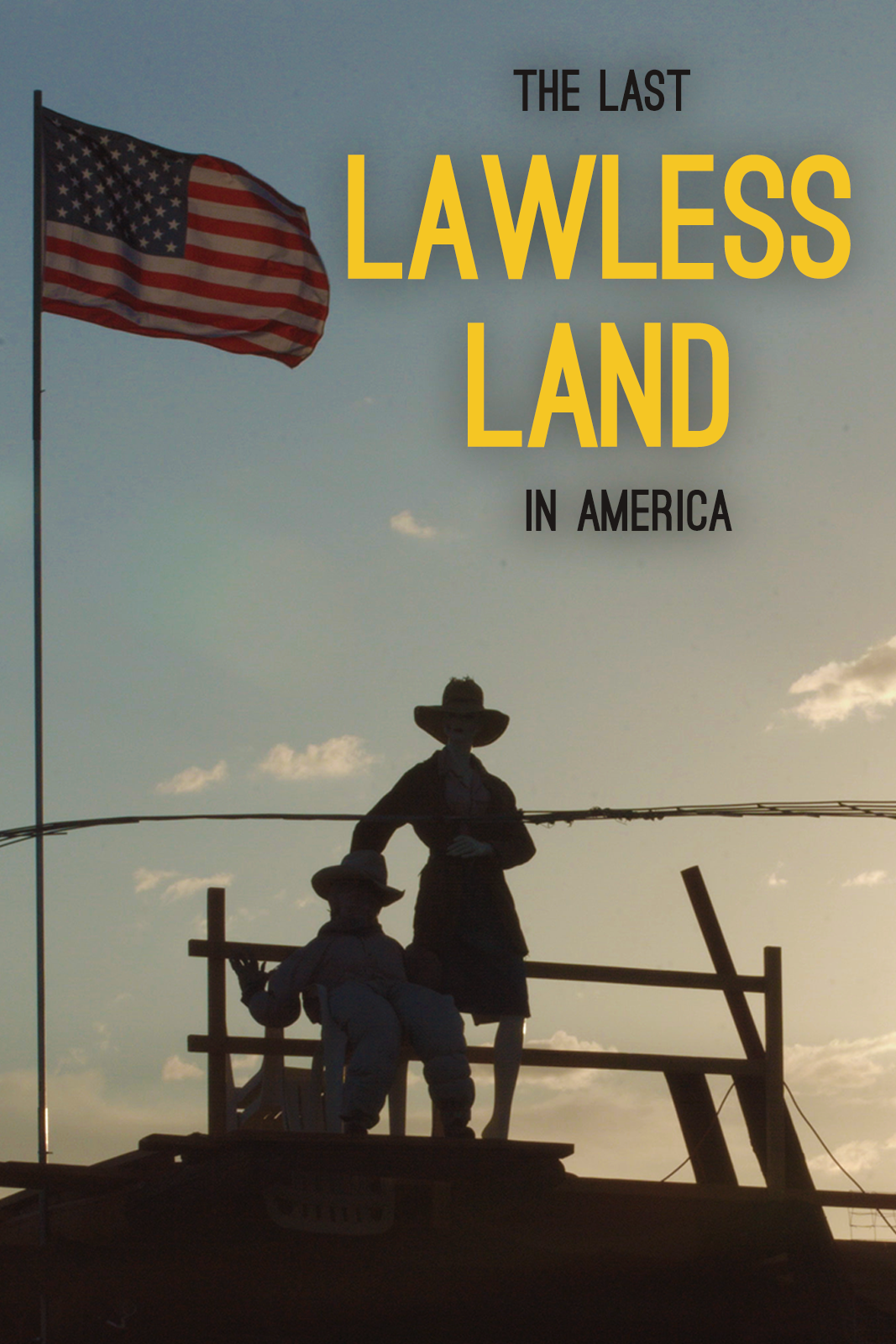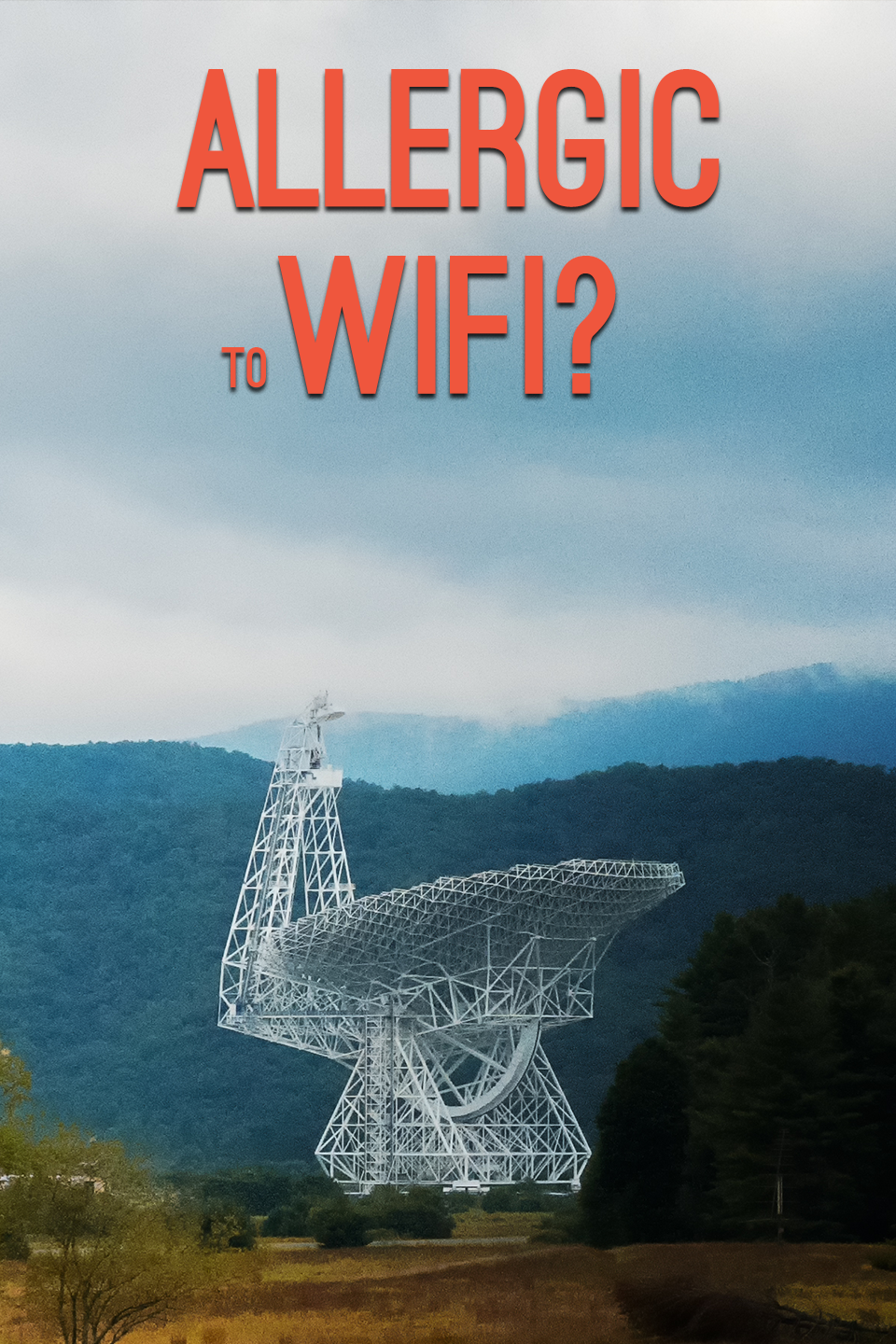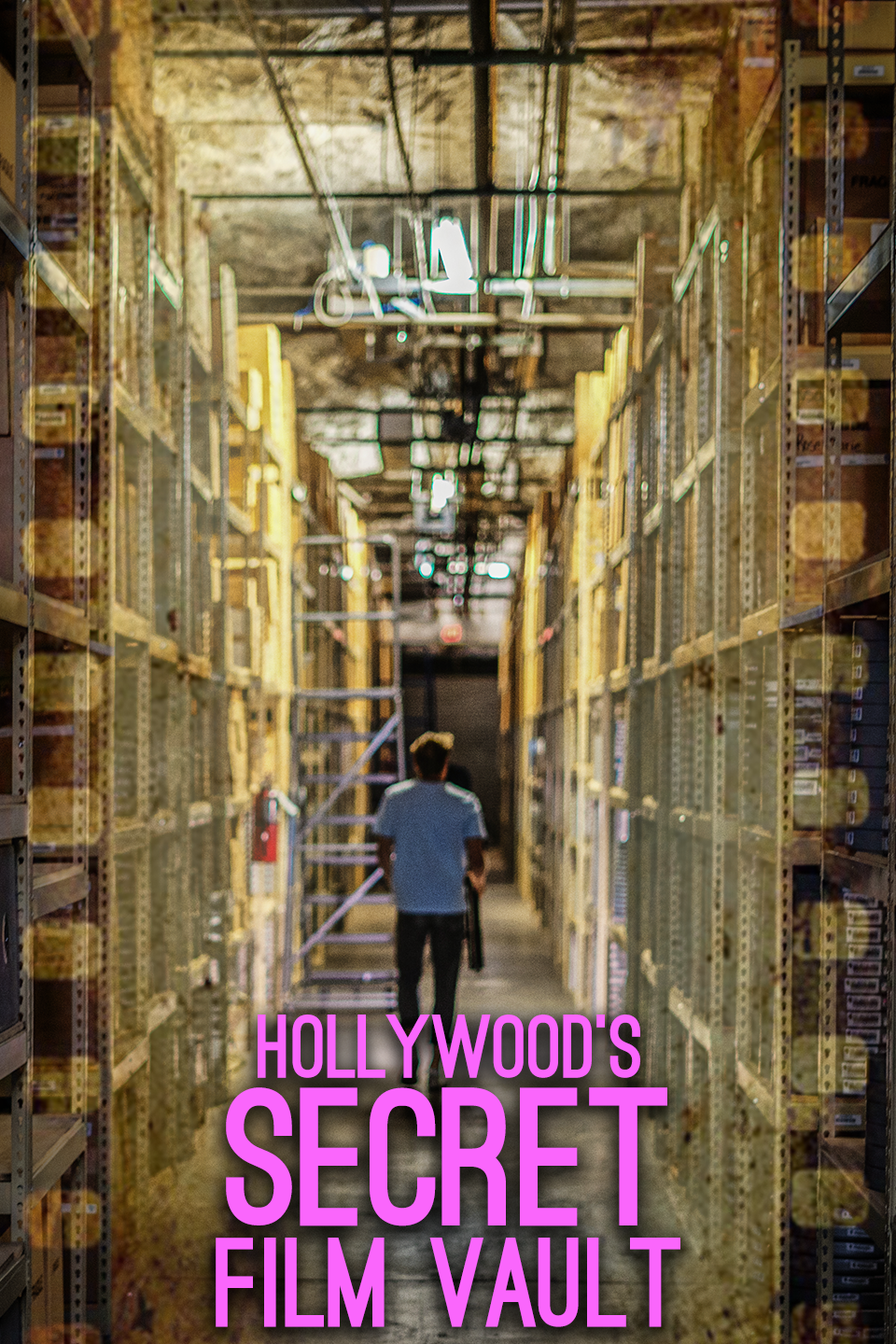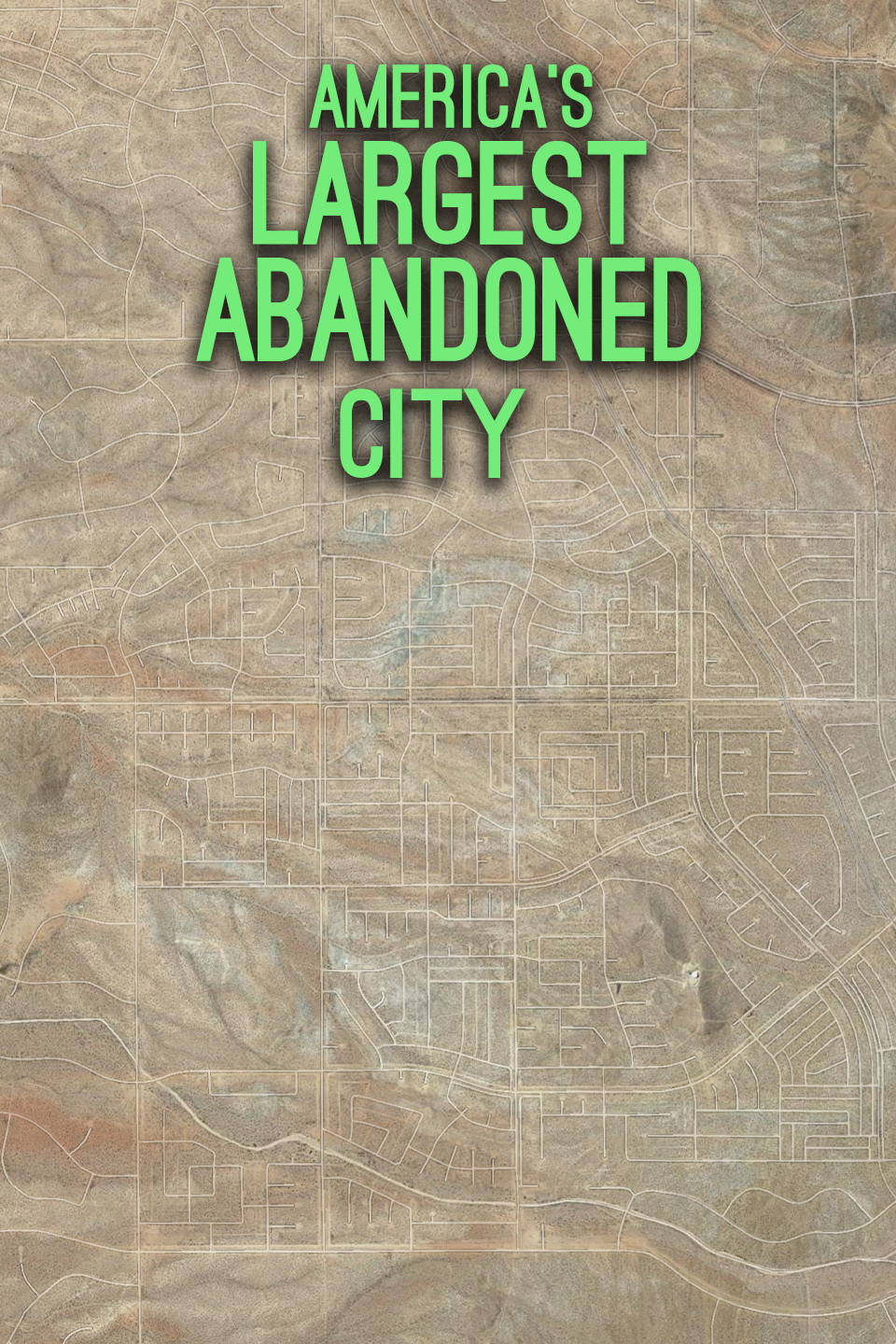The Boundary Waters Canoe Area Wilderness
A proposed mine in the Boundary Waters worries environmentalists. On the other end, many consider the Twin Metals mine as an economic necessity. The question is, can it be done safely? In this episode we have exclusive conversations with Twin Metals representatives and industry leaders in Ely, MN. We also test our primitive survival skills and spend four days in the Boundary Waters living off the land. We stumble upon the last standing building in the BWCA, try our hand at fishing, and collect some questionable food sources. In this episode, the Off the Cuff crew is tested by The Most Protected Wilderness in America.
Where are the Boundary Waters?
The BWCAW is located in Northern Minnesota. It exists in the northernmost portion of the Superior National Forest and butts up against the US border, and Canada. Source
How many acres is BWCA?
The Boundary Waters Canoe Area Wilderness is nearly 1,100,000 acres. The wilderness area spans almost 150 miles. Source
What is Ely famous for?
Ely, MN is famous for many things. Most notably, Ely is a premier hub for access to the Boundary Waters Canoe Area Wilderness. Tens of thousands of overnight campers pass through Ely every year on their way to spend time in the BWCAW. Ely is also home to the International Wolf Center. Source
How much does it cost to go to the Boundary Waters?
A permit for the BWCA costs $16 for adults and $8 for minors per trip. This Boundary Waters permit fee is required during the busy season of May 1 - September 30. Overnight access during the off-season is free, but requires a written sign in at your access point. Per the recreation.gov webpage regarding fee policy, “The Forest Service retains the entire payment if the group is a no show.” Source
Our Experience
by Harris
The concept started to materialize in 2015 when Chris, our good friend Kyle (who actually wrote in about his experiences in the BWCAW) and I went on a personal trip to the BWCA. It was supposed to be like any other trip to the BWCAW… however, in a tragic bout of lackluster planning… we arrived to our first campsite without any of our food. That experience, as painful as it was, inspired the living off the land concept that is intertwined in this BWCAW documentary. This, along with the controversial mining proposal hooked us into this project.
Once we were in the wilderness area we quickly realized how hard it was to capture the immense beauty of our surroundings. Everything around us was a 5 star view. The flush colors of the fall trees reflecting on the water and the glistening of streams was uncapturable. Of course, we tried our best to represent the natural beauty, but we realized the impossible task early on into our trip. Soon later we recognized the dichotomy of our project in general. The BWCAW was typically a place we visited to escape cameras and technology.
What is it like to live off the land in the BWCA?
Surviving without food was harder this time. All of us were corned by the understanding that we may not eat for four days. Luckily Philip was successful on the water the first night and brought home a small mouth bass and a northern pike. It was enough to feed all of us. Chris shared his concerns early on that we may have just gotten lucky. He was mostly right about this. We ended up catching a few more fish, most of which were not legal to keep.
Along with a small count of fish we made a single pancake out of cattail roots. The group consensus was that the breakfast treat turned out alright. I personally didn’t eat anything for the final 50 hours. The entire experience was truly humbling.
Who did you speak with for the BWCA documentary?
As for the interviews, we were able to speak with some truly incredible and knowledgeable people in the Ely area. To start everything off, we spoke with Paul Schurke, an acclaimed adventurer and Ely resident.
We met with some old college friends who have gone on to make great names for themselves. We spoke with Jimmy Lovrien, the energy and mining correspondent for the Duluth News Tribune. He was able to explain the controversial mine and what both sides believe the right plans of action / inaction are.
We also spoke with Scott Johanik, an old friend and fishing guide in the Duluth area. He gave us a rundown on what to expect while fishing in the BWCAW. His advice ended up being quite useful throughout our journey. We should have listened to him more clearly on some topics… (here is his youtube channel!)
We then spoke with Jeanne Bourquin who has spent much of her life making canoes by hand. Her perspective as a long time Ely resident was very important to the story. She was even kind enough to let us take one of her hand made wooden canoes with us on our journey.
After a few great conversations with people who were against the proposed mine we were lucky enough to speak with someone who supports the project near Ely. From our conversation with Eric Urbas we learned of the divide within the city. Many people support the mine and many are against it. In his words, “their world’s are so different that its hard for them to come together and talk.”
Eric Urbas
The BWCAW was officially classified a wilderness area in 1978.
The first Europeans entered what is now the BWCAW in 1688.
The Boundary Waters is one of the largest protected wilderness areas in the world.
1/3 of US copper is in a deposit near the BWCAW.
The BWCAW is a dark sky sanctuary.













